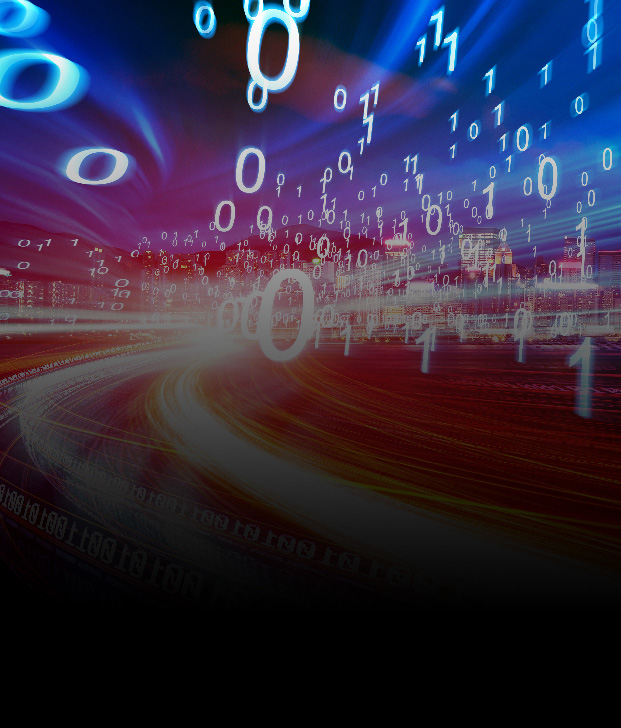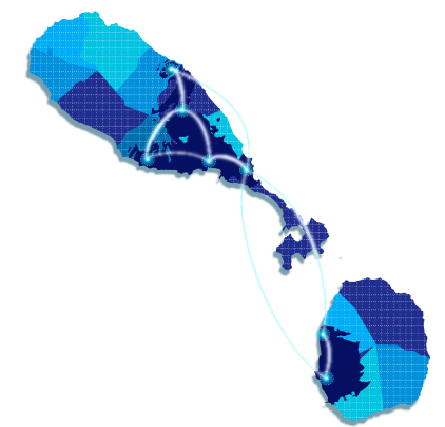
MOBILE 4G LTE




No. You will be able to use the latest BlackBerry devices, including the 9800, 9780, 9300 and 8520, on the new network. BlackBerry and other data phone users will immediately notice the very speeds which our new 4G network offer.
Security on 2G (GPRS and EDGE) and 3G networks are all extremely secure and the 4G HSPA+ networks, offer the same level of security mechanisms and are complemented by upgraded security features. Customers should always be cautious when sharing information electronically and should take all necessary precautions to safeguard their personal sensitive informative information.
No. Existing customers will be able to enjoy the new 4G network speeds as long as they have a mobile Internet data plan or BlackBerry data plan and compatible mobile phone or BlackBerry device. Customers may also upgrade their mobile data plans as their data usage patterns change.
With a network dimensioned for 21 Mbps, typical user speeds will be between 4-15 Mbps at peak periods. Of course, the speed achieved will depend on traffic load, coverage and even more importantly, the mobile device used. Currently there are only a few devices capable of such speeds but Flow will carry 4G devices in its handset range as these devices become available. Like many international carriers, Flow presently stocks an array of smart phones and data capable devices which are capable of download speeds of up to 3.6 or 7.2. These devices will perform exceptionally well on the new 4G network.
In simple terms what this means is that with a compatible smart phone or USB Modem (PC/dongle), you could potentially download a high definition video within in a matter of seconds - twice the speed at which you download it now on a 2G or 3G network.
Though the sector has the capability of delivering a maximum download speed of 21 megabytes per second customers will not realize that optimum speed because there will be other users sharing the sector and everyone is accessing different types and size of data at varying times. As such the speed on the sector is shared among those users.
For example if there is a significant number of users accessing data within a specific location you may not experience a download speed of 21 Mbps, but your user experience is still going to be superior to what you would have on EDGE or 2G.
Yes. If roaming within the Caribbean in any of the Flow countries where 4G HSPA+ has been enabled, or if your are visiting any of the international countries where Flow has a roaming agreement and where that network operator who has HSPA+ enabled. As always you should check that your mobile device supports the mobile frequencies which are used by the mobile operator in the country where you are roaming.
Yes. Flow's new 4G network has been designed to be easily extendable to support LTE and in the very near future Flow will be rolling out 42 Mbps HSPA+ in some of its countries of operation.
Long Term Evolution (LTE) is the next step in the mobile network technology evolution from WCDMA/HSPA. While HSPA+ builds on radio and core network technologies from GSM and UMTS (Wideband CDMA), LTE completely transforms the mobile radio network design. It will provide even higher bandwidth, lower latency, and greater mobility than HSPA+, and in the future shared sector bandwidth of well over 100 Mbs thereby allowing customers to realize even greater speeds.
With LTE, customers will enjoy playing games online, downloading and watching High Definition videos or movies even more, and with MiFi hotstops for multiple devices and tablets they will have greater mobility.
4G networks give you higher data speeds even compared to 3G. Not only will you experience greater coverage on 4G but you will also get faster Internet connection, an improved browsing experience, shorter download times and faster access to applications. Simply put 4G enhances the mobile lifestyle and experience.
4G refers to the 4th Generation of mobile technology.